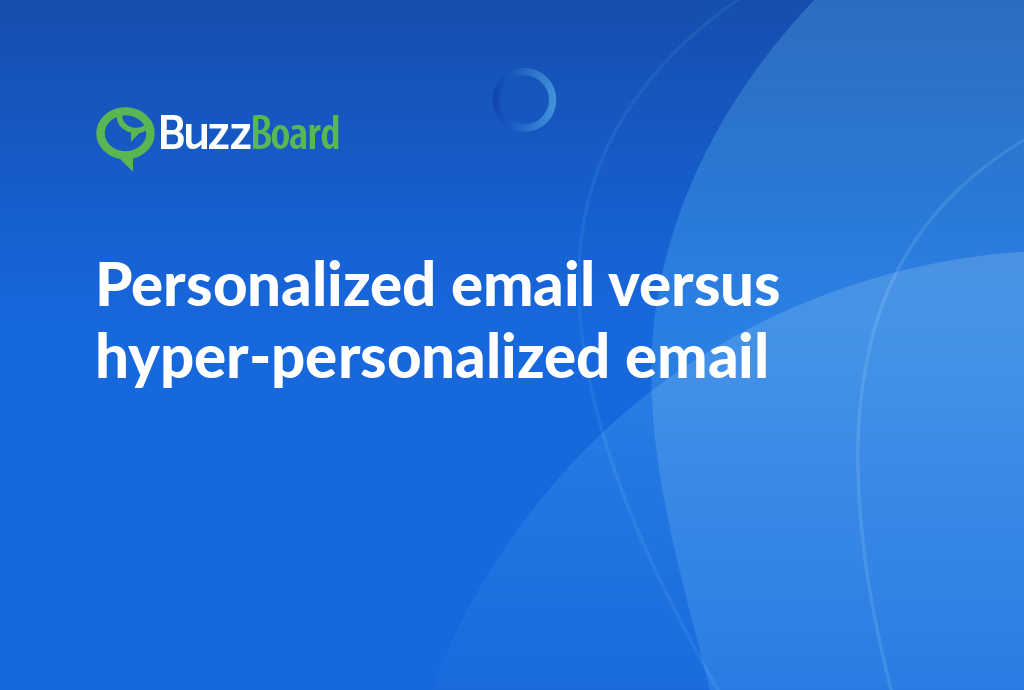Crafting Effective Email Subject Lines for Small Businesses
Crafting effective email subject lines is a crucial component of today’s digital marketing for small businesses. Skillfully designed subject lines can dramatically boost email open rates and click-through rates (CTRs), vital metrics for any business seeking to effectively engage their target audience and stimulate business growth.
A/B testing is a potent strategy that supports creating compelling subject lines. By evaluating the performance of multiple variants, you can identify the perfect combo. Personalization is a key driver for higher engagement. Studies have shown that personalized subject lines can elevate open rates by up to 50%.
Another vital aspect is encouraging curiosity gaps and exploiting power words in your subject lines. These tactics can ignite excitement around your email, prompting readers to click open. Creating a sense of urgency in email subject lines can potentially nudge recipients to act more quickly, thereby boosting open rates.
The use of emojis is rising rapidly in digital communication, particularly amongst millennials. Incorporating emojis into your subject lines could attract more attention, thus enhancing open rates. However, keeping the subject line succinct, engaging, and ideally within 50 to 60 characters remains a key consideration.
By focusing on these elements, your small business can maximize the impact of your email campaigns.
How a Cleverly Crafted Subject Line Can Boost Ctrs and Open Rates
A skillfully crafted email subject line can dramatically boost click-through rates (CTRs) and open rates, both crucial metrics for any small business working toward a solid digital presence. Your email subject line is the primary touchpoint that dictates whether your message is opened or ignored, so it’s vital to give it the attention it merits.
Statistically, about 47% of emails are opened based solely on their subject lines. Consequently, for small businesses, creating engaging and attractive email subject lines can cause a considerable increase in both CTRs and open rates.
A/B testing has been a valuable tool for optimizing subject lines. This involves sending two versions of your subject line to different segments of your email list and analyzing which one performs better. Similarly, personalization can boost results. For example, subject lines containing the recipient’s first name experience a boost in open rates by 20%.
Sparking curiosity, using power words, provoking urgency have all proven to command instant attention. For example, using power words like Unbelievable or Exclusive can enhance open rates. Moreover, subject line length also proves significant. Research has shown that subject lines, with approximately 40-50 characters, achieve the highest open rates.
Incidentally, introducing elements like emojis in your subject lines can help them pop in the user’s inbox, potentially leading to a positive influence on CTRs. However, utilize them sparingly and ensure they align with your brand’s voice.
Balancing creativity and clarity should be the cornerstone when designing effective email subject lines for small businesses, aiming to enhance CTRs and open rates.
Use A/B Testing to Find What Works Best for Your Email Subject Line
While defining email subject lines for small businesses might appear as a trifling component of your marketing plan, its influence on your open rates is immense. Leveraging the power of A/B testing can help you zero in on the most efficient tactics, enhancing your email marketing performance.
A/B testing, or split testing, is a technique where you compare two versions of an email to determine which is more effective. In this context, the focus is on the email subject lines. By targeting diverse segments of your audience with varying subject line options, you can discern which version achieves a higher click-through rate (CTR). This approach offers in-depth insight into which elements grab your audience’s interest.
Consider factors such as personalization, curiosity gaps, power words, urgency, emojis, and subject line length when conducting A/B tests. Personalization can make the email recipient feel noticed, which can boost CTRs. Curiosity gaps can make your subject line captivating, urging recipients to open the email to learn more. Power words and a sense of urgency can engender a feeling of significance, provoking immediate reactions from recipients.
Integrating emojis in your subject line can draw attention and convey your message in a fun way. However, ensure that emoji usage aligns with your brand personality and appeals to your audience. The length of the subject line is also crucial: shorter ones are generally more potent, but it’s always beneficial to test and see what resonates most with your audience.
By methodically scrutinizing these elements via A/B testing, you can refine your email subject lines and ultimately enhance your open rates.
The Role of Personalization, Power Words, and Curiosity Gaps in Engaging Patrons
Subject lines can be a pivotal tool for small businesses striving to capture their customers’ attention in crowded inboxes. The role of personalization, power words, and curiosity gaps shouldn’t be underestimated in crafting compelling email subject lines.
Personalization adds a human touch to your emails, indicating familiarity and significance, which can markedly boost open rates. By simply addressing your customer by their name or mentioning their latest purchase, your emails can seem less like standard sales pitches and more like customized messages.
Power words can significantly influence click-through rates (CTRs). Terms such as ‘Now’, ‘New’, ‘Exclusive’ can evoke a sense of urgency or exclusivity, making your email appear critical and time-bound. A/B testing aids in understanding which power words resonate most with your target audience.
Curiosity gaps ignite interest and curiosity by promising the reader useful insights or answers within the email. However, it’s crucial to use this approach wisely to avoid misleading subject lines that may frustrate readers and damage your credibility.
Emojis offer another strategy to inject some personality and fun into your emails, as long as they’re used judiciously. It’s also worth taking note of the subject line length, as most email providers only display between 50-60 characters of a subject line.
In shaping your subject lines, consider the interests and behavior patterns of your specific audience. It’s essential that your subject lines reflect what your readers can anticipate from your emails.
Creating a Sense of Urgency, Using Emojis, and Optimal Subject Line Length for Improved Results
Crafting compelling email subject lines for small businesses is a tricky art. It requires a balanced blend of strategy, creativity, and data-driven decisions. A key component involves creating a sense of urgency, which helps to boost click-through rates (CTRs) and open rates. It pushes readers to act swiftly, fearful of missing out on something valuable.
The power of A/B testing cannot be underestimated in fine-tuning your email tactics. This process allows making informed decisions about what engages your audience, based on their actual behavior. Keep an eye out for specific terms, phrases, or ‘power words’ that strike a chord with your audience, ignite their curiosity and feed into their ‘curiosity gaps’—the discrepancy between what we know and what we long to discover, sparked by intriguing subject lines.
The effect of personalization should not be overlooked. This method has demonstrated increased responses when implemented effectively. In this context, emojis play a crucial part. They add a human touch, attract attention and make your brand seem friendlier.
Finding the right balance in email subject line length is critical to your campaign’s success. The line should be concise but descriptive. If it’s too short, the reader may not understand the email’s goal; if it’s too long, it may not fully display on mobile devices.
To pinpoint the most effective tactics for your strategy, consistently experiment, analyze, and adapt for better results.








